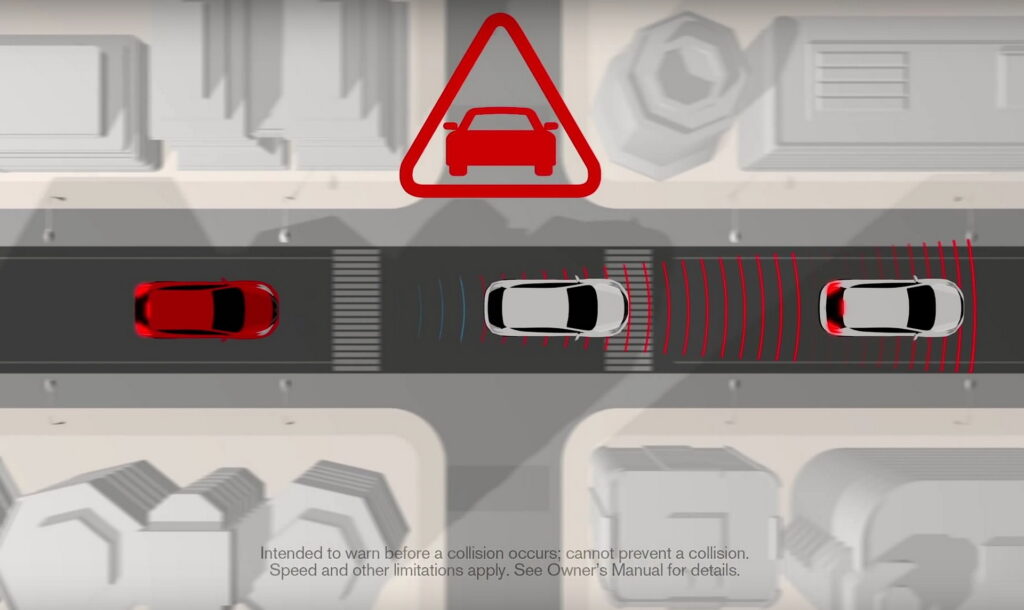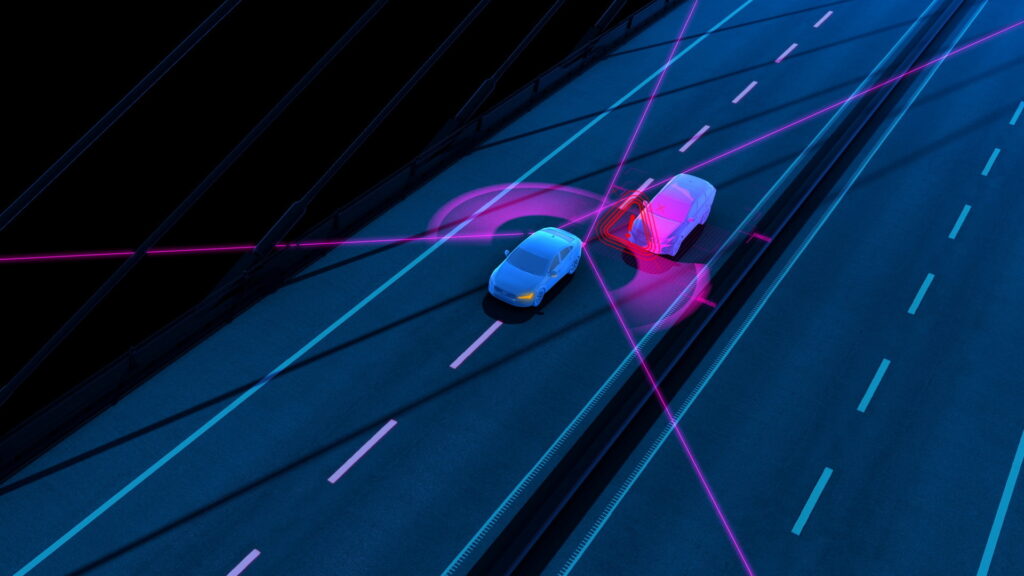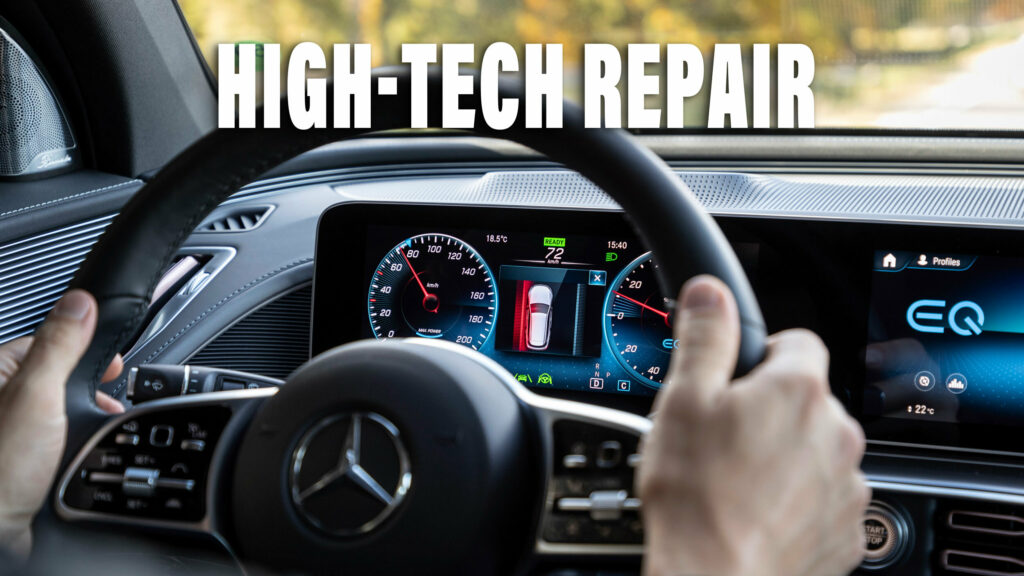Advanced driver assistance technologies such as automatic emergency braking or forward crash avoidance have been shown to work, but in cases where an accident happens, fixing those technologies can be a hassle.
Although crash avoidance technologies don’t break any more frequently than other automotive technologies, repairing them requires a lot of training and expensive tools. Studies conducted by the Insurance Institute for Highway Safety and the Highway Loss Data Institute (IIHS-HLDI) found that owners who had to have their assistance tech fixed frequently suffered more post-repair problems.
In the case of people who were having their windshields replaced – which frequently involves recalibrating safety features – three quarters of those with crash damage continued to have issues with their safety features after the repairs had been completed.

Automakers stipulate that crash avoidance systems be recalibrated anytime a sensor is removed, replaced, or reinstalled, and that’s associated with higher repair costs. A windshield replacement in an older vehicle can cost as little as $250, but it can cost $1,000 or more in a vehicle that requires recalibration.
The higher instances of post-repair issues, meanwhile, suggests that mechanics are struggling to keep up with technology, according to IIHS-HLDI. Some calibrations are complicated, require specialized training, and expensive equipment whose software must frequently be updated. A lack of standardized calibration processes, meanwhile, makes it even harder for technicians.
Although these issues tend to be covered by insurance, and few drivers say they would stop them from buying another vehicle with similar safety technologies, IIHS-HLDI senior research scientist, Alexandra Mueller, points out that if they’re troublesome, drivers are likely to simply turn them off, negating their benefit.
“These technologies have been proven to reduce crashes and related injuries,” said Mueller. “Our goal is that they continue to deliver those benefits after repairs and for owners to be confident that they’re working properly.”





